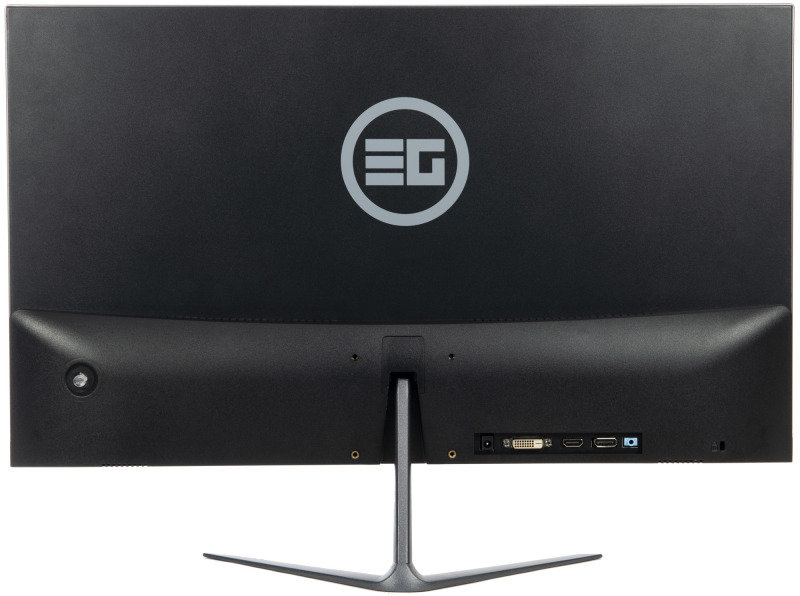Element Tv Monitor Drivers

Feb 24, 2007 I have a 32 Inch HD tv as monitor. Analog or digital has nothing to do with 1080i 2. 1080i is a supported input for your TV, not its output. The TV is a native 720p display, so it just converts 1080i signals to this. You will get best picture quality by using a 720p signal with this TV.
If you’ve upgraded to Windows 10 or performed a Windows 10 update, and Windows can’t detect your TV, don’t worry. You’re not the only one. Quite a number of Windows 10 users have reported this issue. Fortunately, you can fix the problem with one of the solutions below. First of all, ensure there is no problem with the HDMI port and the cable: 1) Unplug the TV then plug it to the HDMI port again. Then check to see if the problem is resolved. 2) Try using a different HDMI cable A broken HDMI cable can cause the problem.

Try to use another cable, and see if the issue persists. If there’s no problem with the HDMI port and the cable, you can try the two solutions below. Start with Solution 1, then try Solution 2 if it doesn’t solve the problem. Solution 1: Check the display output settings Incorrect display output settings could be preventing your TV from detecting your connected computer. Follow the steps below to check.
1) Right-click your desktop and click Personalize. 2) Click Display.
3) Check if you’re able to see the TV as a second monitor. If you can’t see your TV on the screen, follow steps below:1) On your keyboard, press the Windows logo key and P at the same time. 2) Click Duplicate. If Duplicate doesn’t work, try switching to Extend. After that, check to see if Windows can detect your TV. Solution 2: Update the graphics driver Your problem may be caused by a graphics driver issue. This can happen if the Windows basic video driver is installed but not the manufacturer’s driver.
Idvd themes folder download. When the jackpot is hit, the first-play movie switches to the regular theme background in which the windows in the slot machine become drop zones. You only see this when you use Preview in iDVD.
So try to update your graphics driver to fix the problem. There are two ways you can get the right drivers for your video card: manually or automatically. Manual driver update – You can update your video drivers manually by going to the manufacturer’s website for your video card, and searching for the most recent correct driver. Be sure to choose only drivers that are compatible with your variant of Windows 10. Automatic driver update – If you don’t have the time, patience or computer skills to update your video drivers manually, you can, instead, do it automatically with. Driver Easy will automatically recognize your system and find the correct drivers for your video card, and your variant of Windows 10, and it will download and install them correctly. Here;s what you need to do: 1) and install Driver Easy.
2) Run Driver Easy and click the Scan Now button. Driver Easy will then scan your computer and detect any problem drivers. 3) Click the Update button next to the flagged video driver driver to automatically download the correct version of that driver, then you can manually install it (you can do this with the FREE version). Or click Update All to automatically download and install the correct version of all the drivers that are missing or out of date on your system. (This requires the Pro version which comes with full support and a 30-day money back guarantee. You’ll be prompted to upgrade when you click Update All.) 4) Restart your computer and check to see if Windows 10 can now detect your TV. TIP: After connecting your TV via HDMI successfully, if you can’t hear sound from the output, go to for the solutions. That’s all there is to it.
Hopefully one of these methods resolves your problem. Please feel free to leave your comment below if you have any questions.
The answer is fairly simple, but not always easy to explain. The highest resolution your TV supports is 720p (1360x768). Your video card (great card, card is not an issue) can support much higher resolutions, but has detected the highest resolution of your TV and therefore limited the settings to 1360x768, which is the best resolution your TV can display perfectly. Anything higher would NOT make the picture better (since the number of pixels is limited by the TV hardware / screen) but it could (and would) make it worse since a resolution that is not an exact multiple of the hardware resolution would force a conversion that would sacrifice clarity for completeness. Imagine trying to display a picture of the letter 'T' with only 4 pixels. You would either wind up with two black on top and two white on bottom, or four black, or three black and one white.